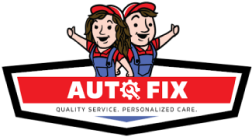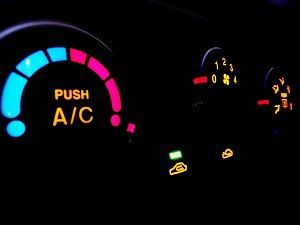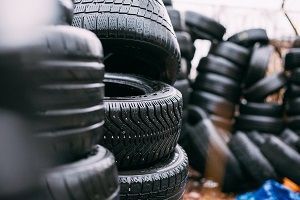Ottertail
Loading ...
Missing business hours data / Error occurred while getting the data.
Ottertail
Loading ...
Missing business hours data / Error occurred while getting the data.
How to Break in Your New Car
You are stepping into the new year with a shiny, brand-new car. You can’t wait to take it out on the road and break it in. But how exactly do you do that? Breaking in a new car is a practice that has been recommended by manufacturers for decades. The ritual is often referred to as conventional wisdom. It involves a combination of driving techniques, precautions, and maintenance tasks to help extend a car’s lifespan. Properly breaking in your automobile will ensure that early engine wear is kept to a minimum, oil flows smoothly and evenly through all moving parts, and components such as the piston rings and transmission adjust to each other.
There are some techniques you can use to give your new car time to adjust to everyday driving conditions. Here we will highlight some of the things you need to do to break in your new vehicle. Your new ride deserves to be eased into the demands of its owners so it can perform effectively and last longer.

Techniques for Breaking in a New Car
Avoid Extreme Acceleration
When you get your new ride, we know the first thing you want to do is floor the accelerator when you get out on the open road. This can put a lot of strain on the engine oil, piston rings, and cylinders. Aggressive acceleration when the car is cold can be harmful. In the first 1,000 miles, accelerate gently and work through the gears quickly before the RPM can build too high.
Vary Your Engine Speed
Don’t push your new engine too hard for the first 1,000 miles. This can put a lot of strain on components. You should vary your speed while keeping the engine under 4,000 RPMs to properly break-in the engine. After that, you can gradually increase the RPM without any negative effects.
Avoid Hard Braking
Unless it's necessary, smooth and slow braking is the way to go. The new brake pads need at least 200 miles to properly wear-in and seat against parts like the rotors and calipers. Hard braking can cause the brake pads to wear rapidly, meaning you'll need new brake pads sooner.
Avoid Short Trips Which Don’t Give the Engine Time to Warm Up
Short trips aren’t ideal for brand new cars. When your engine is cold, it needs to work harder, putting a lot of strain on the oil delivery cycle. To break in your new car, take it on a long drive to let the engine warm through.
Aside from following the break-in guidelines in your car owner’s manual, proper maintenance will also help to extend the longevity of your car. Oil changes, tire maintenance, brakes, engine diagnostics, and all fluids should be monitored regularly and topped up as needed. Breaking in your vehicle will offer improved fuel economy, reduced oil consumption, optimal engine performance, and better overall reliability.

151 County Hwy 55
Ottertail, MN 56571
Loading ...
Missing business hours data / Error occurred while getting the data.
Ottertail
Links
Loading ...
Missing nap lines data / Error occured while getting the data.









